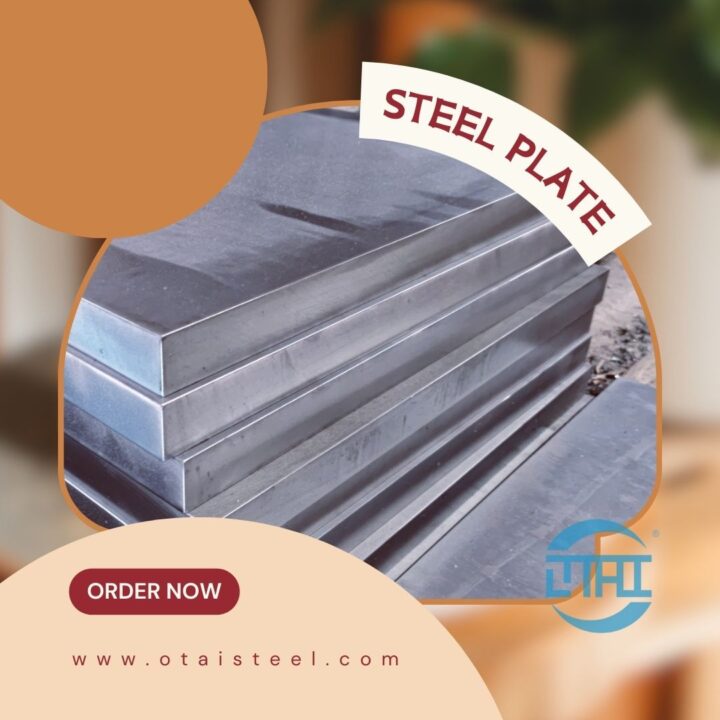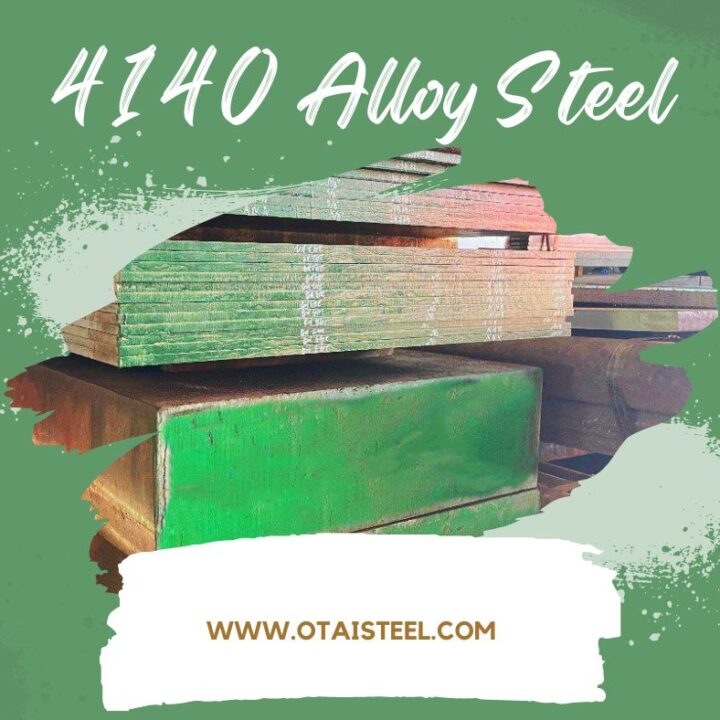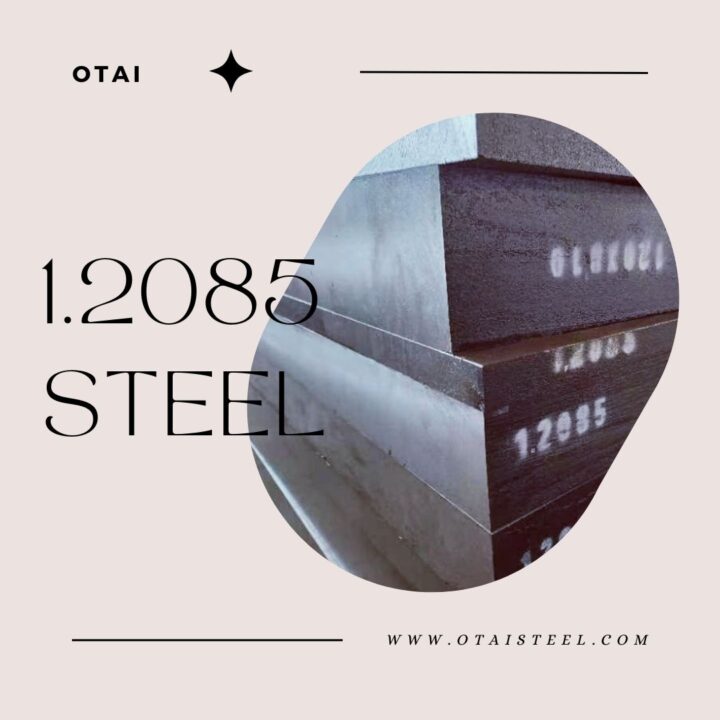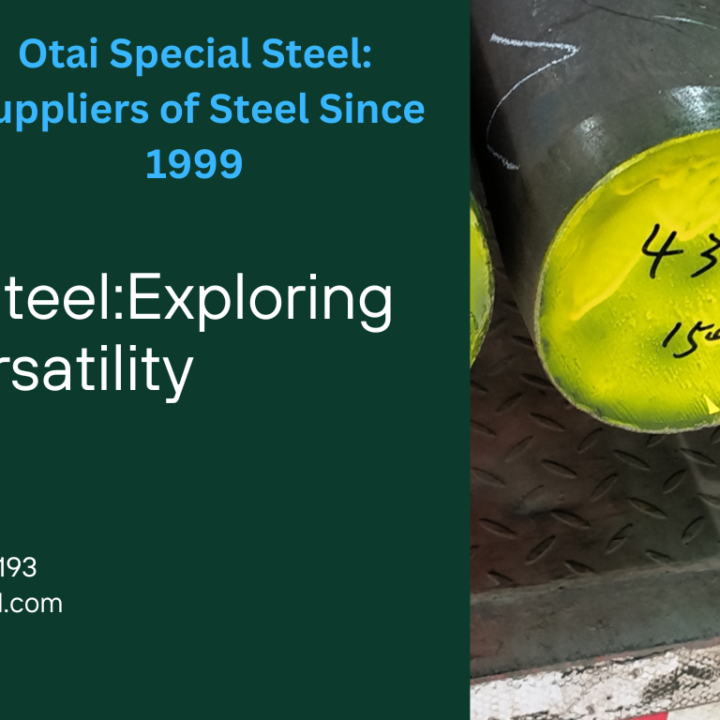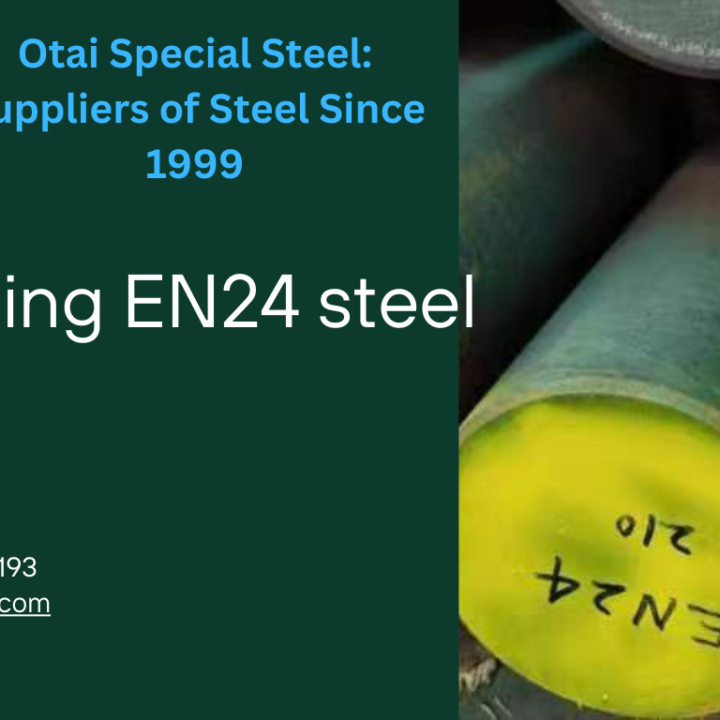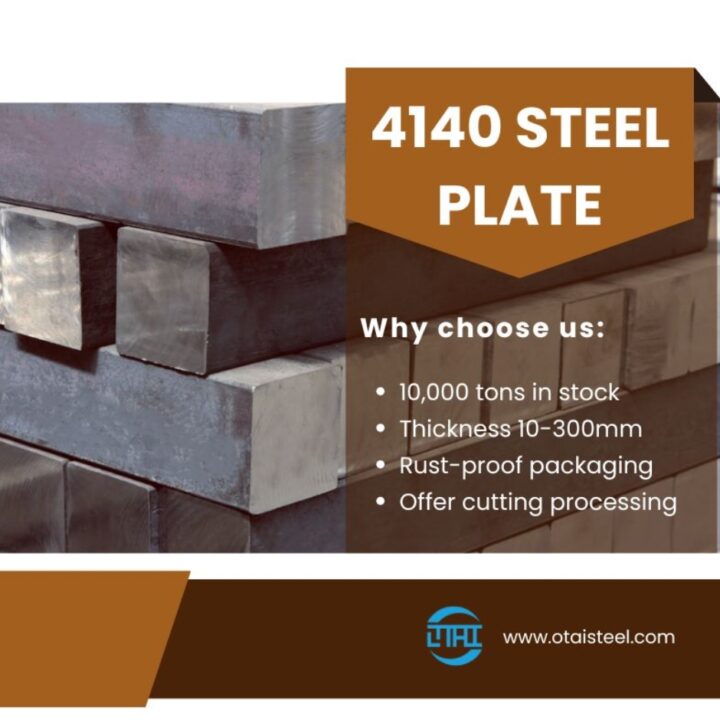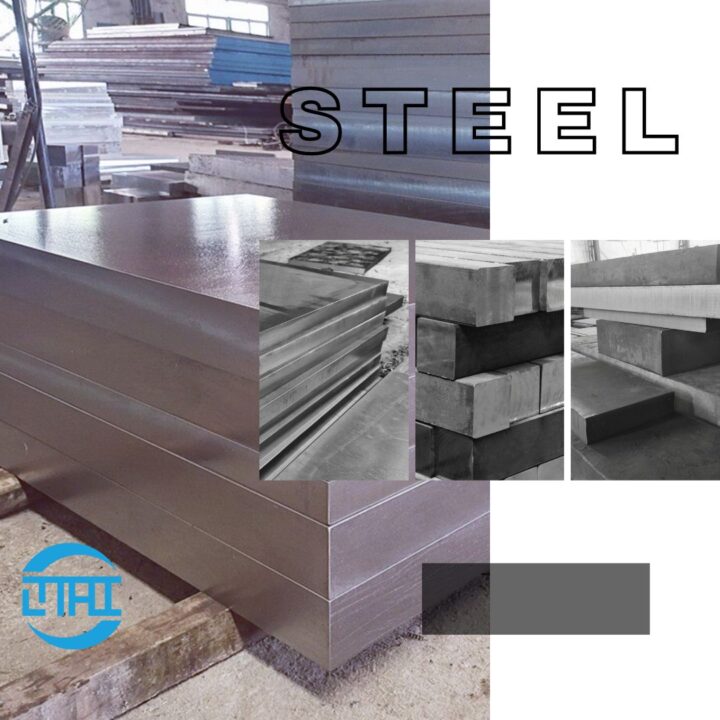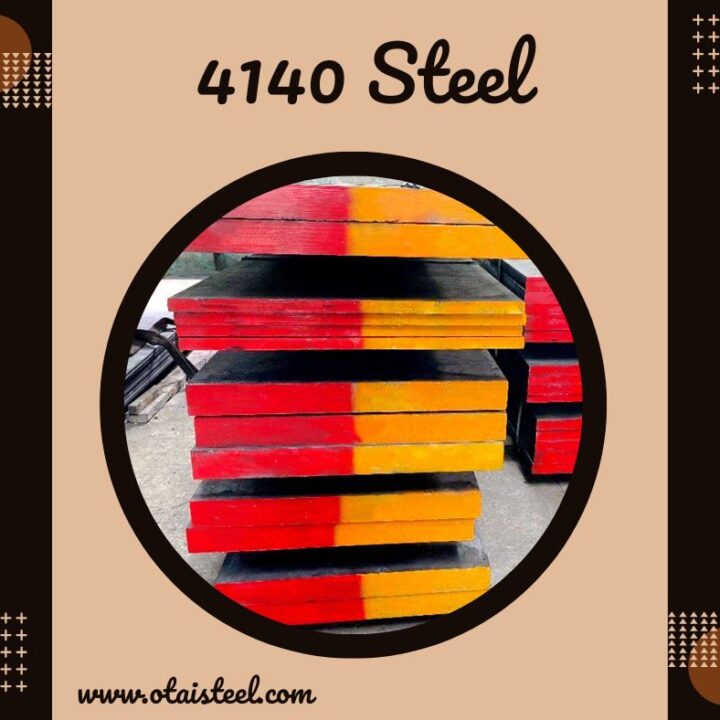Heat treatment is a crucial process in the metallurgical industry. It involves the controlled application of heating and cooling cycles to alter the properties of metals and alloys. In the case of 4140 steel, heat treatment plays a significant role in optimizing its mechanical properties, including strength, hardness, toughness, and wear resistance. By carefully selecting and implementing suitable heat treatment processes. Engineers and manufacturers can enhance the performance and durability of components made from 4140 steel.
Importance of Heat Treatment
The properties of 4140 steel can be significantly improved through appropriate heat treatment processes. Heat treatment enables the modification of the microstructure of the steel, thereby influencing its mechanical properties. The precise control of heating and cooling rates, along with the selection of specific heat treatment techniques, can help achieve the desired material characteristics.
- Annealing: Enhancing Machinability and Ductility
Annealing is a heat treatment process that involves heating the steel to a specific temperature and then slowly cooling it to room temperature. In the case of 4140 steel, annealing is primarily performed to enhance machinability and ductility. This process refines the microstructure, reduces internal stresses, and improves the workability of the steel, making it easier to machine and shape.
- Normalizing: Improving Strength and Toughness
Normalizing is another heat treatment process commonly applied to 4140 steel. It involves heating the steel to a temperature above the critical transformation point, followed by air cooling in still air. Normalizing improves the strength and toughness of the steel by refining the grain structure and eliminating internal defects. The resulting material exhibits improved mechanical properties and is suitable for applications requiring higher strength and impact resistance.
- Quenching and Tempering: Balancing Strength and Hardness
Quenching and tempering is a two-step heat treatment process that imparts high strength and hardness to 4140 steel while maintaining a certain level of toughness. The steel is first heated to a critical temperature and then rapidly cooled, or quenched, in a suitable quenching medium such as oil or water. This rapid cooling transforms the microstructure, creating a hard and brittle material. To improve the toughness, the quenched steel is then reheated to a specific temperature and cooled at a controlled rate. This process, known as tempering, reduces the brittleness and enhances the toughness without sacrificing the hardness significantly.
Case Hardening: Improving Wear Resistance
Case hardening is a surface hardening technique used to improve the wear resistance of 4140 steel. It involves introducing carbon into the surface layer of the steel through processes such as carburizing or nitriding. These processes create a hardened surface layer with a high carbon content, while the core of the steel remains relatively soft and tough. Case hardened 4140 steel is widely used in applications where high wear resistance is essential, such as gears, shafts, and bearings.
- Induction Hardening: Surface Hardening Technique
Induction hardening is another surface hardening technique that can be employed for optimizing the properties of 4140 steel. In this process, a high-frequency alternating current is passed through a conductive coil, creating an electromagnetic field. The steel component is then heated rapidly by electromagnetic induction, followed by quenching to achieve the desired hardness and wear resistance on the surface. Induction hardening is suitable for localized hardening of specific areas, such as gear teeth or bearing surfaces.
- Selective Heat Treatment: Tailoring Specific Areas
Selective heat treatment allows engineers to target specific areas of a component for heat treatment. This technique involves locally heating and cooling desired sections of the steel while protecting the rest of the component. It enables precise control over the properties of specific regions, ensuring optimal performance in critical areas while maintaining the desired characteristics of the rest of the part. Selective heat treatment is particularly useful for complex-shaped components or those requiring different material properties in various sections.
Advancements in heat treatment technology have further expanded the possibilities for optimizing the performance of 4140 steel. However, proper quality control measures must be implemented to ensure consistent and reliable results.
